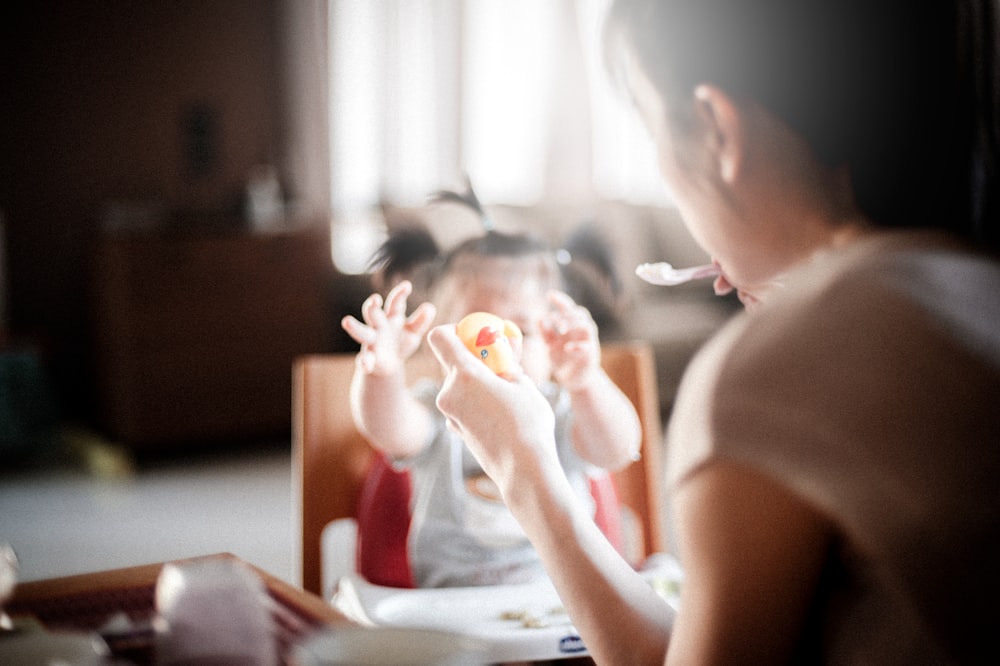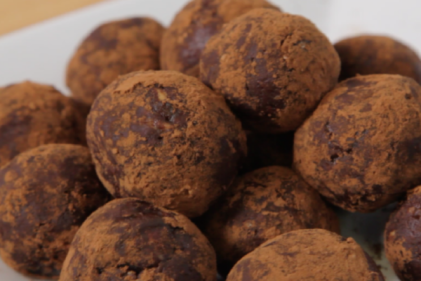So you've decided you want to start weaning your child. Now what?
There are a series of checklists to make sure you're following before you begin this next step in your baby's development and plenty of research too. The following advice is provided by the HSE and should be followed closely throughout the first stage of weaning.
Introducing your baby to solid foods is often called weaning. This should start when your baby is around 6 months old. If you are breastfeeding, you don't need to move to formula milk when introducing solid foods. The HSE recommend that you breastfeed exclusively for 6 months and continue to breastfeed after solid foods are introduced, up to 2 years or beyond.
Babies develop at different stages. Begin introducing solids when your baby is ready. This should be around 6 months. Experts warn not to wean before 17 weeks (4 months).
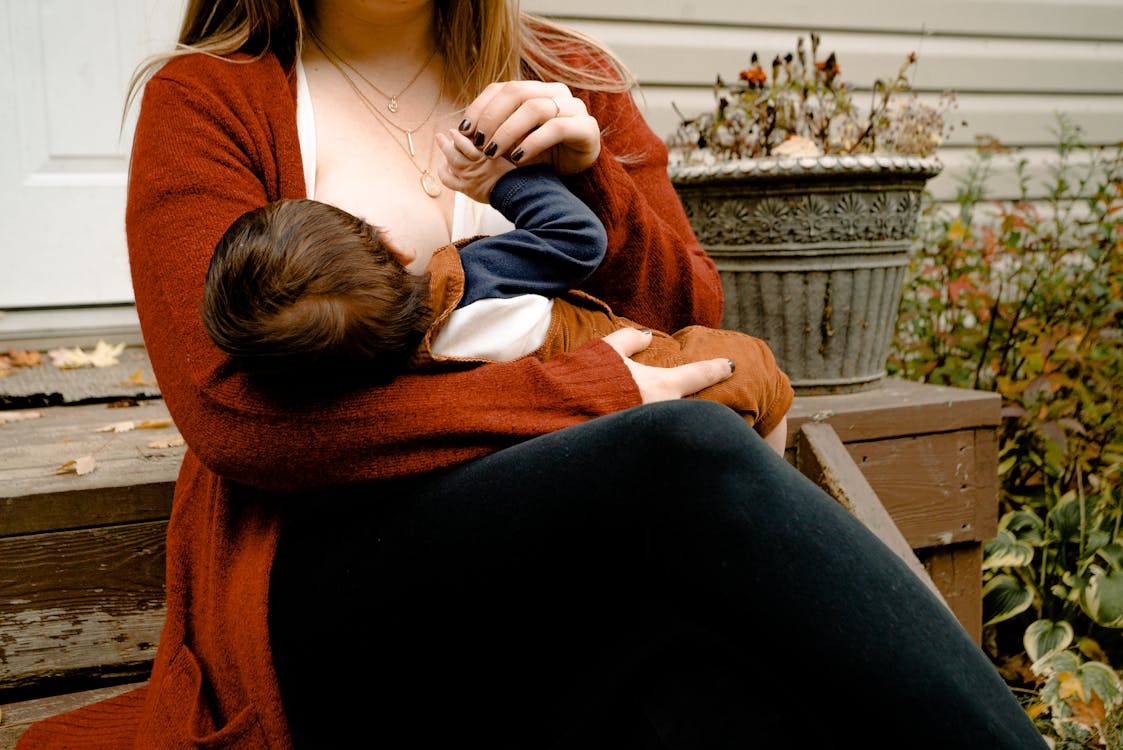
When to wean
You should not give your baby solid foods before 17 weeks because:
- their kidneys are not mature enough to handle food and drinks other than milk
- their digestive systems are not yet developed enough to cope with solid foods
- breast milk or formula milk is all your baby needs until they are 6 months old
- introducing other foods or fluids can displace the essential nutrients supplied by breast or formula milk
- introducing solids too early can increase the risk of obesity in later life
- it can increase their risk of allergy
You should not wait later than 26 weeks (6 months) because:
- your baby's energy needs can no longer be met by either breast milk or formula milk alone
- iron stores from birth are used up by 6 months and their iron needs can no longer be met by milk alone
- it delays their opportunity to learn important skills, including self-feeding
- introducing different textures stimulates the development of muscles involved in speech

Signs your baby is ready for solid foods
Signs your baby is ready for solid food:
- Able to sit up with support and can control their head movements.
- Not fully satisfied after a milk feed.
- Demands feeds more frequently for over a week.
- Shows an interest in food, reaches out for food.
- Watches others with interest when they are eating.
- Chews and dribbles more frequently.
These signs show that your baby is ready for you to begin introducing foods other than milk.

Some signs mistaken for a baby being ready for solid foods:
- Chewing fists.
- Waking in the night when they have previously slept through.
- Wanting extra milk feeds now and then.
These are normal baby behaviours and not necessarily a sign of hunger or an interest in solid food.
Starting solid foods will not make your baby any more likely to sleep through the night. Sometimes a little extra milk will help until they are ready for solid food.
Weaning a premature baby
If your baby was born early (before 37 weeks) you should begin introducing foods other than milk sometime between 'corrected age' 4 and 6 months. Corrected age, or adjusted age, is your baby's age minus the number of weeks or months they were born early. It is important to look for the signs listed above that your baby may be ready for solids.

Tips and tricks for weaning
Hygiene
- Always wash your hands before you prepare food or feed your baby.
- Thoroughly clean your baby's spoon and bowl before you use them.
- Be prepared for a mess. Dribbling bibs and floor mats are useful.
Timing
Choose the right time, ideally a time when:
- you are not rushed or under pressure
- your baby is not too hungry or tired
- you are not distracted by other people
- Turn off distractions like the TV, radio and your phone.
Enjoyment
- Let your baby enjoy touching and holding food.
- If you're using a spoon, wait for your baby to open their mouth before you offer the food. Your baby may like to hold a spoon too.
- Enjoy this special time as your baby begins to discover a whole new world of food.
Routine
Start introducing solid foods once a day.
- Start with 1 teaspoon of food per meal. Gradually increase the amount.
- Introduce new foods one at a time and allow your baby to get used to the taste and texture.
- Offer the solid food first and then follow with breast or formula milk.
- Do not worry about quantities of food in the first 2 weeks.
Once your baby is taking about 6 teaspoons of food at 1 meal, introduce a second meal.
Safety
Don't 'force feed' or rush them while they are learning this new skill.
Never leave your baby alone while eating, in case of choking.
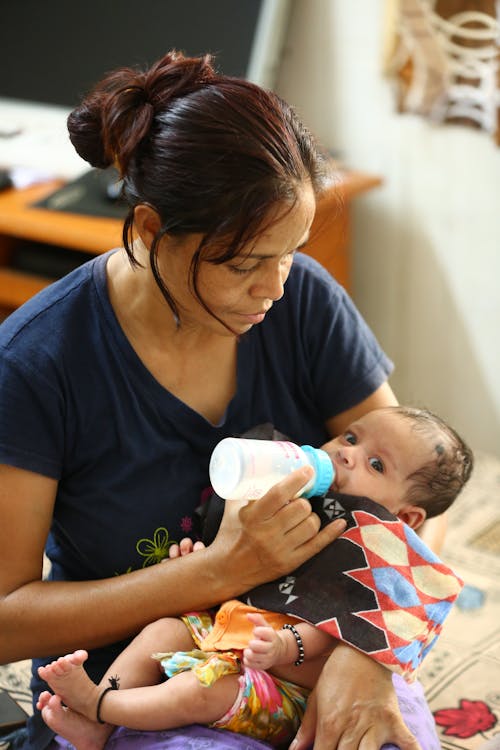
Food preparation
You can make up a batch of baby food and freeze it in individual portions.
- Don't re-use food that hasn't been eaten as this might make your baby ill.
- Cooked food shouldn't be reheated more than once.
- Don't add salt, sugar or stock cubes to your baby's food or cooking water.
Starting stage 1: at about 6 months, not before 4 months
Foods to choose
Good options for this stage are:
- vegetables made into purée, such as carrot, parsnip, turnip, broccoli, cauliflower, butternut squash and courgette
- fruit made into a purée, such as banana, apple, pear, peaches, apricots, plums, melon
- well-cooked meat, poultry and fish - remove all bones - made into a purée
- cereals such as baby rice
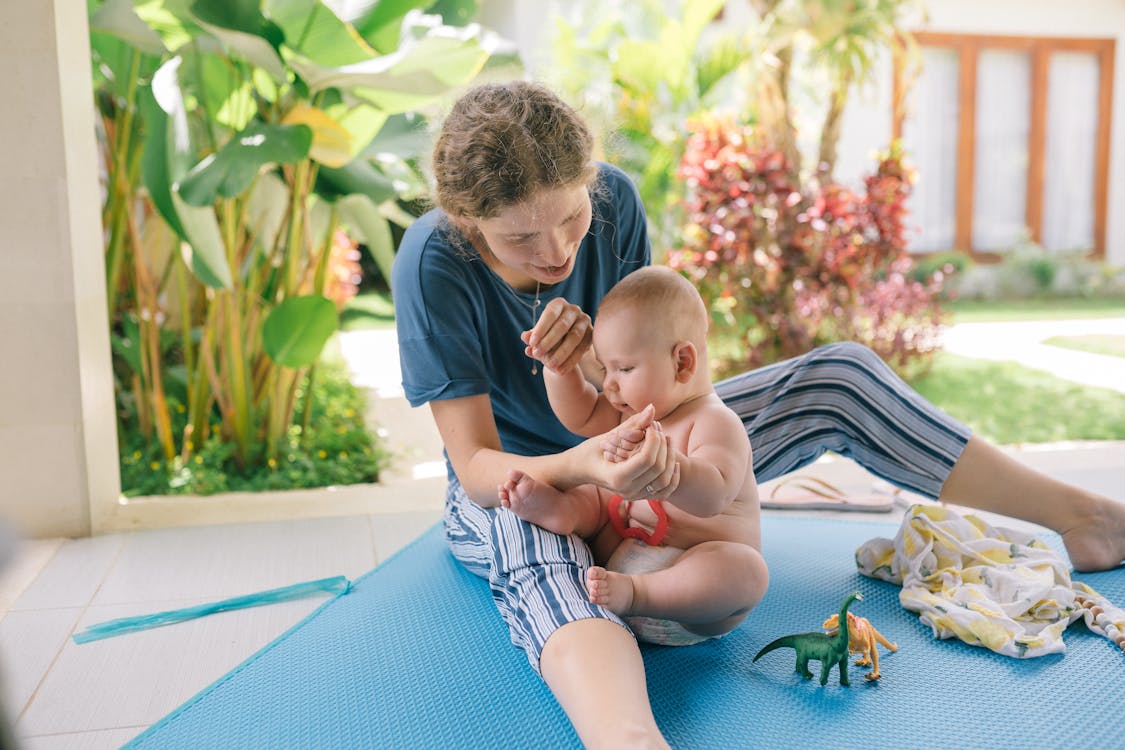
Textures
Start with thin purée which will increase in thickness as your baby gets used to solid food.
Result to aim for
Be led by your baby. Some babies might take more than 1 teaspoon at their first spoon feed. Other babies might take a couple of days to get the hang of it.
- Start with 1 teaspoon of food made into a soft smooth purée
- Build up to 6 teaspoons at one time
- Next, introduce solid food at another mealtime
- Progress to 2 to 3 meals per day, with 5 to 10 teaspoons at each meal
- Introduce one new food at a time, every 2 to 3 days
Skills learned
- Taking foods from a spoon.
- Moving food from the front to the back of mouth for swallowing.
- Managing increasingly thicker purées.
Suitable drinks
- Breast milk.
- Infant formula.
- Cool, previously boiled water.
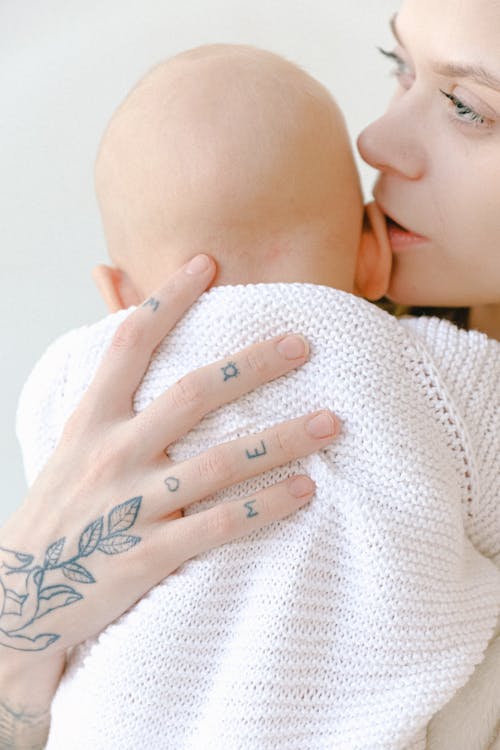
Every mother and baby's experience with the beginning of the weaning process is different. Some quickly take to it while other may find it a little more challenging and might need more encouragement and time. Be patient and careful and remember that it is a process and not an overnight change. For more information, help, tips and tricks visit HSE.ie.


